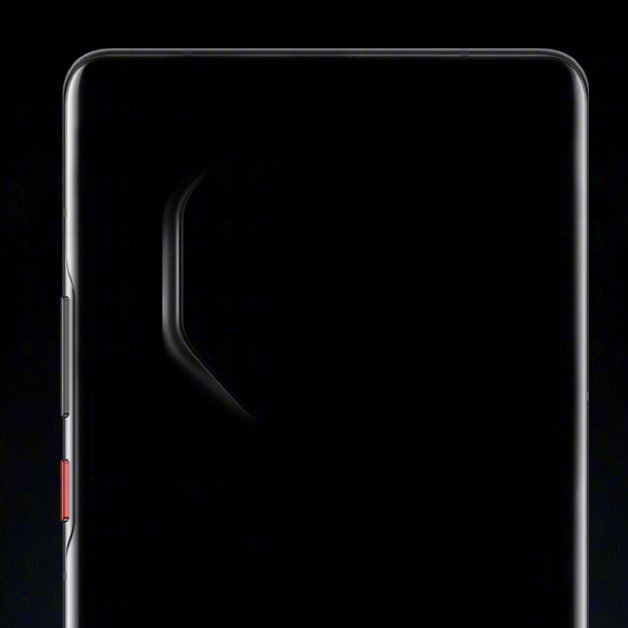From the C300 to the Mate40 series: The evolution of Huawei smartphones

Huawei didn't start at the top. When Huawei first began producing phones, it entered a crowded market, and its phones were often offered under the banner of different brands. But, Huawei became a success story in short order, quickly rising through the ranks, introducing its own top-of-the-line smartphones, and soaring past the competition to become the world's largest smartphone manufacturer. Here's a bit of the history of how it got there.

Watch the Mate40 series launch event live
Leap Further Ahead
This Thursday, Huawei will show us everything their new Mate40 series will have to offer. Join us to see how their family of devices will continue with this new generation.
Huawei had been around for a while before it first entered the cellphone business in 2003. It already had experience with mobile network technology, so making its own phones was a natural next step. Huawei released the C300 in 2004, but this was a small beginning.

It wasn't until the late 2000s that Huawei started making Android smartphones. Early examples include the Huawei U8220 which would be branded as the T-Mobile Pulse in a rebranding partnership with the carrier. That device ran Android 1.5 and was one of the cheapest Android smartphones you could get at the time. It was later followed by the Huawei IDEOS U8150, which would go under the name T-Mobile Comet.
Of course, having Huawei's phone sold under different brands wasn't going to get the company much household recognition. But, the company was moving fast, and it's phones would just keep getting better.
By 2012, Huawei had grown to become the world's third largest smartphone manufacturer based on data from IDC, Huawei shared. This was the same year it began to launch its Ascend line of smartphones in force
In 2013, the company launched the Huawei Ascend P2, which was the first phone to offer LTE Cat4 connectivity for unmatched speeds at the time. Huawei also launched the Ascend Mate that year, and the company introduced the Honor sub-brand to corner the budget smartphone market.

Huawei's relevance as a premium device manufacturer perhaps was first exemplified when Google tapped it to build the Nexus 6P. At the time, the Nexus program was responsible for some of the best Android phones available, and the Nexus 6P was the top-tier version.
Huawei continued to enjoy its success in the market, and it continued to build increasingly capable devices. Eventually the Ascend branding would fade away as Huawei shifted to marketing the Huawei P-series and Mate-series smartphones without Ascend in the name.
The Huawei P-Series and Mate-Series weren't just Huawei-designed devices but also Huawei-powered devices. They included new chipsets from Huawei's HiSilicon semiconductor manufacturer. As Huawei introduced new models, these Kirin chipsets evolved alongside them, offering some of the highest performance on the market.
With a mammoth scale in production and a broad range of smartphones, Huawei was eventually able to secure the top spot in the market, overtaking even Samsung as the top smartphone manufacturer with 55.8 million devices shipped worldwide in Q2 of 2020, according to data from Canalys.
Huawei's P-series and Mate-series of smartphones are among the most capable smartphones on the market today. Huawei's Kirin chipsets now deliver extreme performance and can support 5G connectivity, and the phones offer groundbreaking photographic capabilities. These devices are still coming out on a regular release cycle. In fact, Huawei is unveiling the Mate40 series this Thursday. Be sure to catch the show at 8 AM EST on October 22nd!
Be an expert in 5 minutes
Get the latest news from Android Central, your trusted companion in the world of Android

